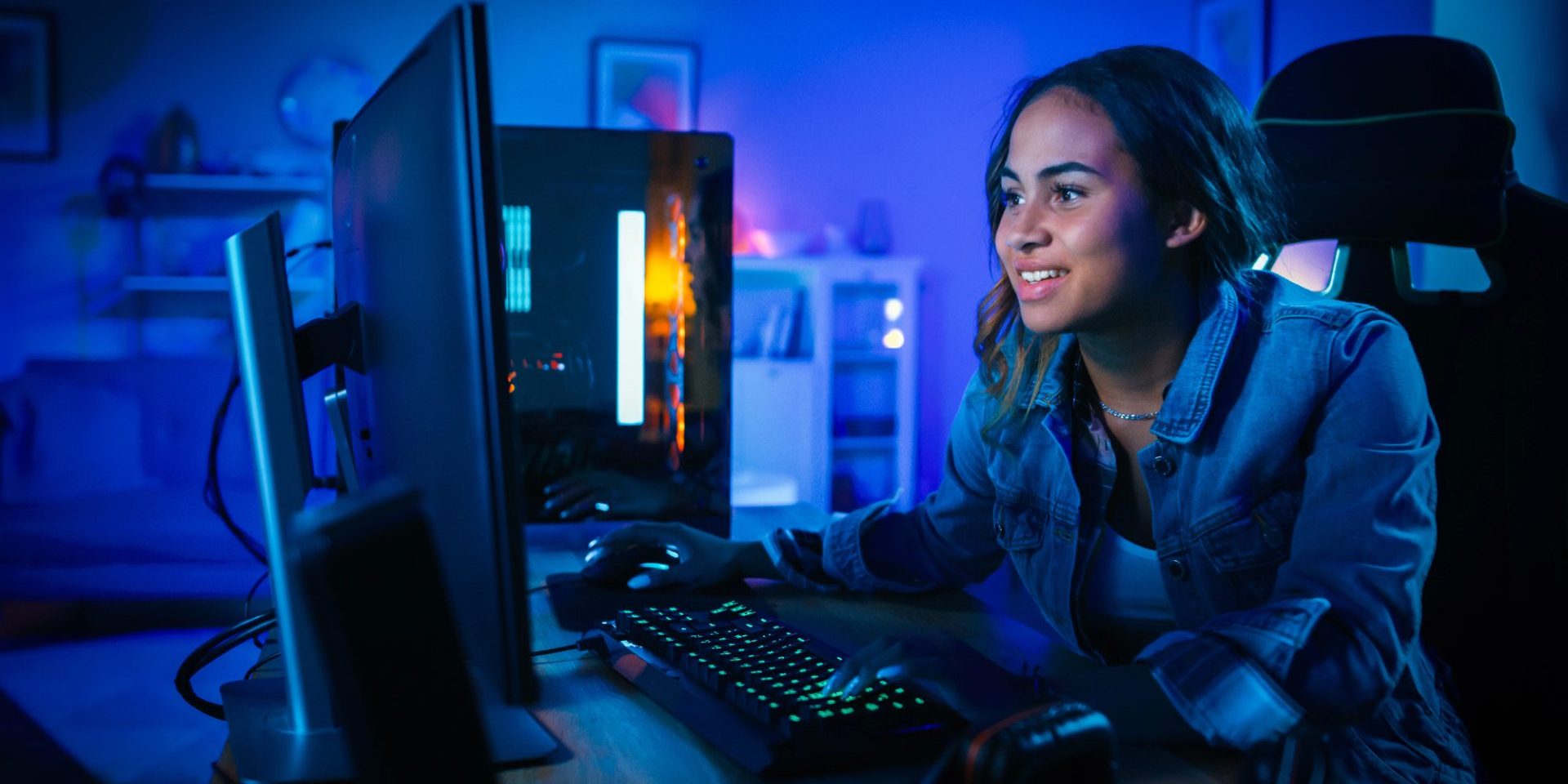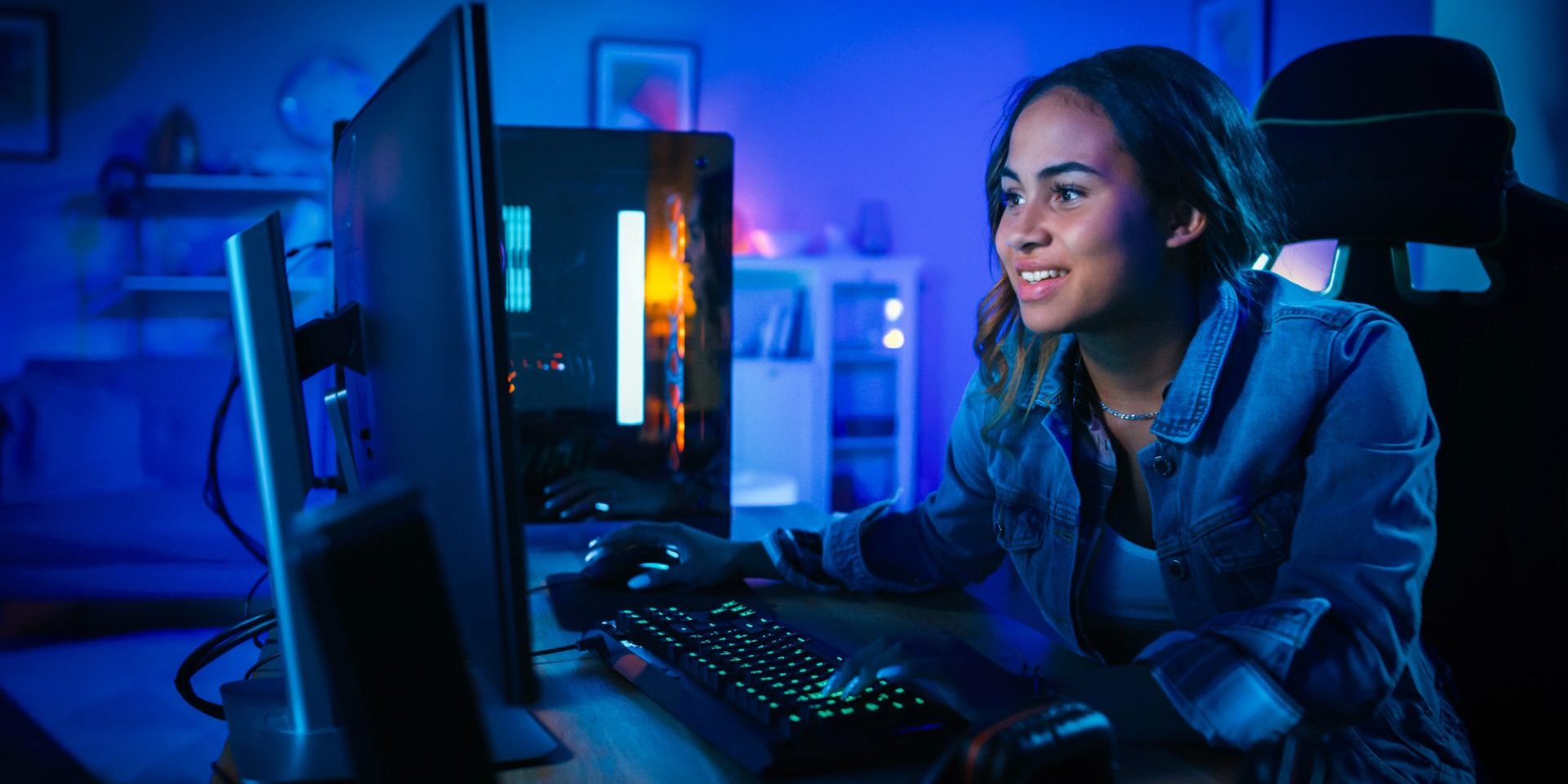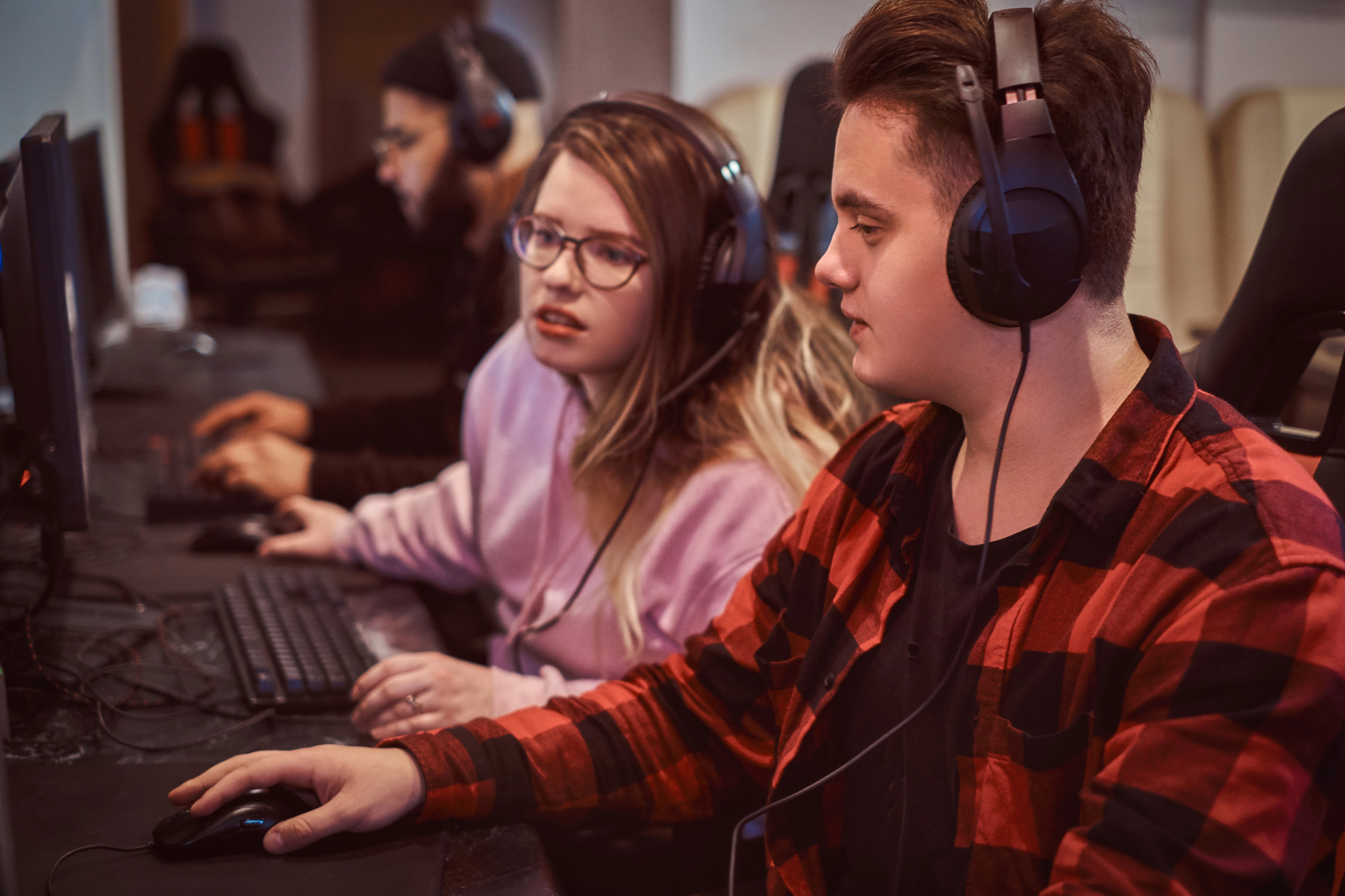Game design offers a unique avenue for fostering digital creativity in education. By engaging students in the process of creating their own games, educators can unlock new dimensions of creative thinking and problem-solving skills. Game design activities encourage students to blend technical skills with artistic expression, promoting a holistic approach to learning.
The collaborative nature of game development projects enhances students’ ability to work in teams and communicate ideas effectively. As they brainstorm concepts, design characters, and craft storylines, students exercise their imagination while learning to navigate the constraints of digital platforms. This process helps develop adaptability and resilience, valuable traits in our rapidly changing technological landscape.
Integrating game design into educational curricula provides a practical context for applying computational thinking skills. Students learn to break down complex problems, recognize patterns, and create algorithms as they build their games. This hands-on approach to learning programming concepts makes abstract ideas more tangible and engaging for learners of all ages.
The Interplay of Creativity and Game Design
Game design and creativity are deeply interconnected. Digital games offer unique platforms for creative expression, skill development, and innovative problem-solving.
Defining Creativity in Digital Games
Creativity in digital games involves generating novel ideas, characters, and gameplay mechanics. It encompasses original storytelling, visual aesthetics, and sound design. Game creators blend technical skills with artistic vision to craft engaging experiences.
Creativity components in games include:
- Innovative gameplay mechanics
- Unique visual styles
- Original narratives and characters
- Novel level designs
- Unexpected player interactions
Creative thinking in game design often requires balancing constraints with imagination. Designers must consider technical limitations while pushing boundaries of what’s possible in interactive entertainment.
Educational Games as Creative Outlets
Educational games provide opportunities for students to express creativity while learning. These “serious games” combine subject matter with creative elements to enhance engagement and knowledge retention.
Students designing educational games develop skills in:
- Storytelling and narrative design
- Visual art and animation
- Sound design and music composition
- User experience and interface design
- Problem-solving and critical thinking
By creating games, learners actively apply subject knowledge in creative ways. This process reinforces learning objectives while fostering innovation and originality.
Programming Skills and Creative Development
Programming forms the foundation of digital game creation. As students learn coding, they gain tools to bring creative ideas to life. This technical skill enables the realization of innovative gameplay concepts.
Coding in game development encourages:
- Logical thinking and problem-solving
- Experimentation with game mechanics
- Implementation of creative ideas
- Understanding of systems and interactions
- Iterative design and refinement
Programming skills allow game creators to push technical boundaries. By mastering code, designers can implement fresh gameplay ideas and explore new forms of player interaction.
Integrating Game Design in Education
Game design integration in education offers innovative approaches to engage students and enhance learning experiences. This approach combines creativity, technology, and pedagogy to create immersive educational environments.
Curriculum Development and Game-Based Learning
Game-based learning transforms traditional curricula by incorporating interactive elements that captivate students’ attention. Educational institutions are adapting their programs to include game design principles, fostering critical thinking and problem-solving skills.
Educators collaborate with game developers to create content aligned with learning objectives. This partnership results in games that balance entertainment and educational value, making complex subjects more accessible and enjoyable for students.
The integration of game mechanics into lesson plans encourages active participation and exploration. Students engage with course material through quests, challenges, and rewards, increasing retention and application of knowledge.
The Role of Educators in Fostering Creativity
Educators play a pivotal role in cultivating creativity through game design integration. They guide students in developing original concepts, characters, and storylines within educational contexts.
Teachers receive training in game design principles and tools to effectively implement this approach. This empowers them to create custom learning experiences tailored to their students’ needs and interests.
By encouraging experimentation and risk-taking, educators help students build confidence in their creative abilities. They facilitate brainstorming sessions and provide constructive feedback, nurturing a supportive environment for innovative thinking.
Assessing Learning Outcomes through Game Play
Game-based assessments offer a dynamic alternative to traditional testing methods. These evaluations measure student progress and understanding through in-game achievements and performance metrics.
Data analytics tools integrated into educational games provide real-time feedback on student performance. This allows educators to identify areas where students excel or struggle, enabling personalized instruction and support.
Game-based assessments can evaluate a wide range of skills, from subject-specific knowledge to broader competencies like teamwork and decision-making. This comprehensive approach to evaluation aligns with modern educational goals of developing well-rounded learners.
Technology and Tools for Creative Game Design
Game design technology has evolved rapidly, offering powerful tools for creative expression. Digital platforms and software enable designers to bring imaginative concepts to life with unprecedented flexibility and interactivity.
Advancements in Educational Technology
Educational technology for game design has progressed significantly. Software like Scratch and GameMaker Studio provide accessible entry points for students to learn coding and design principles. These platforms offer drag-and-drop interfaces and visual scripting, making game creation approachable for beginners.
Advanced tools like Unity and Unreal Engine are now used in educational settings. They give students hands-on experience with professional-grade software. This exposure prepares them for potential careers in game development or related fields.
Virtual reality (VR) and augmented reality (AR) technologies are being integrated into game design curricula. Students can create immersive experiences, exploring new dimensions of interactive storytelling and gameplay.
Choosing the Right Development Tools
Selecting appropriate game development tools is critical for fostering creativity. Factors to consider include the intended platform (mobile, console, PC), genre, and team size.
For 2D games, tools like Godot and Construct offer user-friendly interfaces and quick prototyping capabilities. 3D game engines like Unity and Unreal provide powerful features for creating complex, visually stunning worlds.
Open-source tools like Blender for 3D modeling and GIMP for image editing complement game engines. They allow designers to create custom assets without licensing fees.
Cloud-based collaboration tools facilitate teamwork in game design. Platforms like GitHub enable version control and cooperative development, enhancing creative workflows.
The Impact of Touchscreen and Virtual Worlds
Touchscreen technology has revolutionized mobile game design. It allows for intuitive, direct manipulation of game elements. Designers now create games with touch-specific mechanics, opening new avenues for innovative gameplay.
Gesture controls and multi-touch inputs have become standard features in mobile game design. These capabilities enable more complex interactions and control schemes.
Virtual worlds and sandbox games have expanded creative possibilities. Platforms like Roblox and Minecraft empower users to build and share their own game experiences. This user-generated content model fosters a community of creators and players.
Augmented reality games blend digital elements with the physical world. They create interactive experiences that transform everyday environments into playgrounds for imagination.
Research and Future Directions in Digital Creativity
Game design offers promising avenues for enhancing digital creativity in education. Current research explores its effectiveness, emerging trends, and strategies for sustaining learner engagement.
Evaluating the Effectiveness of Game Design in Learning
Studies on game design in education often employ single group pretest-posttest experimental designs. These methods help gauge improvements in students’ creative abilities before and after game design activities. Researchers typically measure creativity through standardized tests or expert evaluations of student projects.
Meta-analyses of empirical research indicate that game design activities can have a significant impact on creative thinking skills. However, more rigorous studies with control groups are needed to strengthen these findings.
Future research should focus on identifying which aspects of game design are most beneficial for fostering creativity. This could involve comparing different game genres or development tools to determine their relative effectiveness.
Latest Trends in Creativity and Technology Research
Recent studies are exploring the intersection of artificial intelligence and creativity in game design. Researchers are investigating how AI tools can augment human creativity rather than replace it.
Virtual and augmented reality technologies are opening up new possibilities for creative expression in game design. Studies are examining how these immersive environments impact student engagement and creative output.
Brain-computer interfaces represent an emerging area of research. Early experiments are exploring how direct neural inputs could influence creative processes in game development.
Promoting Sustained Motivation and Engagement in Learning
Research on motivation in game design education emphasizes the importance of autonomy and competence. Studies show that giving students choice in their projects and gradually increasing challenge levels can boost long-term engagement.
Collaborative game design projects are gaining attention for their potential to enhance both creativity and motivation. Researchers are examining how peer feedback and group dynamics influence creative outcomes.
Gamification of the learning process itself is another area of interest. Studies are investigating how incorporating game-like elements into game design curricula can improve student motivation and creative performance.











